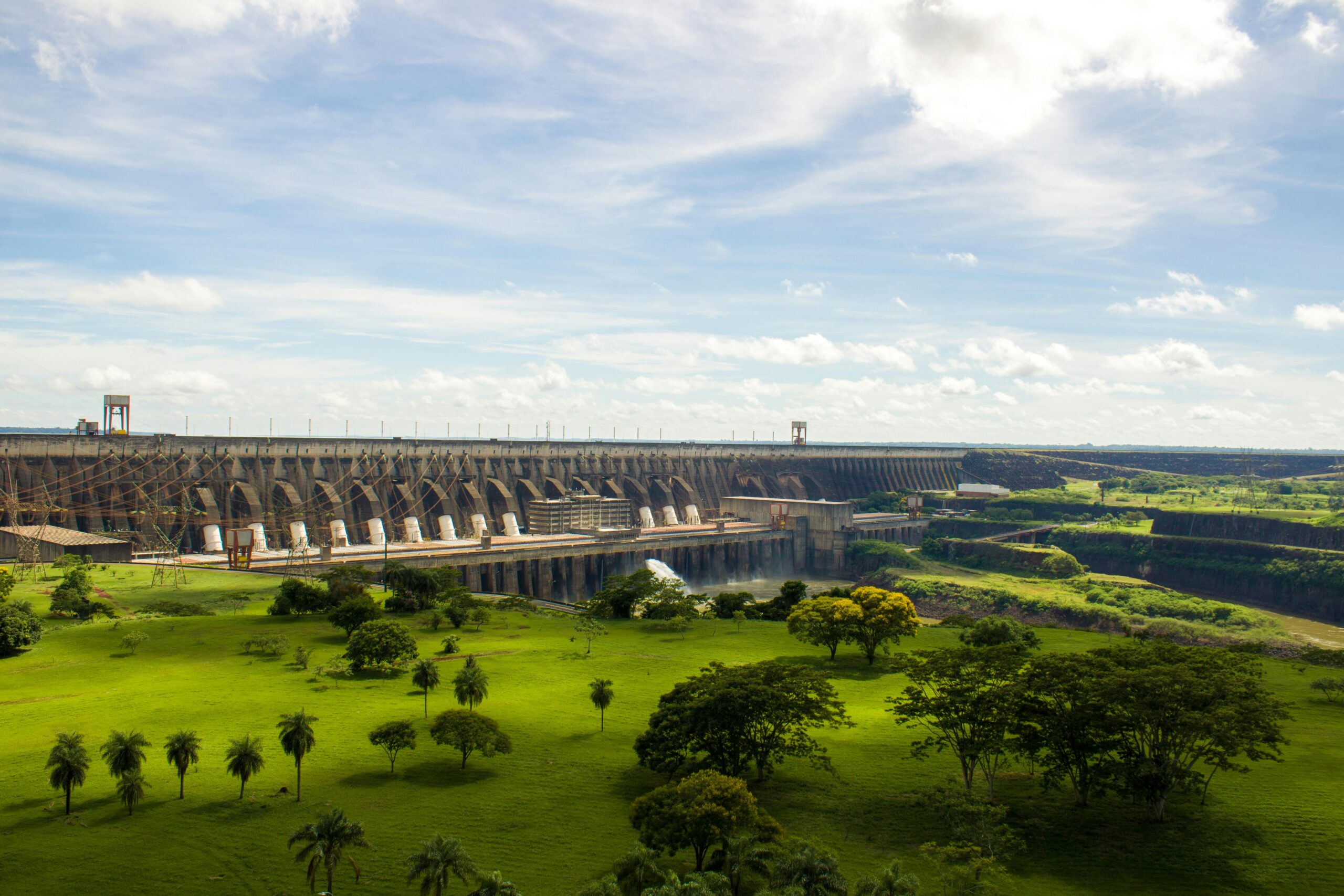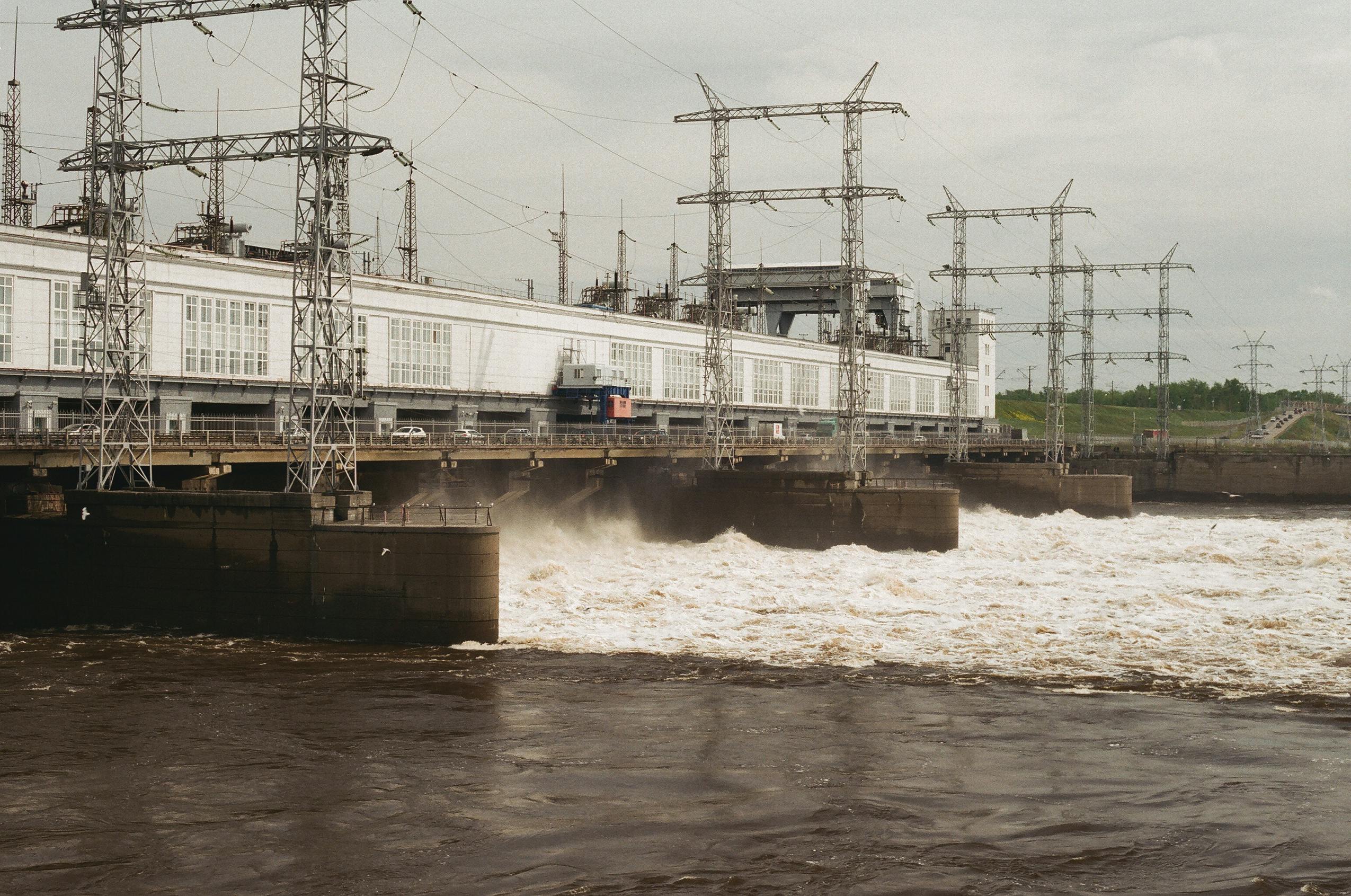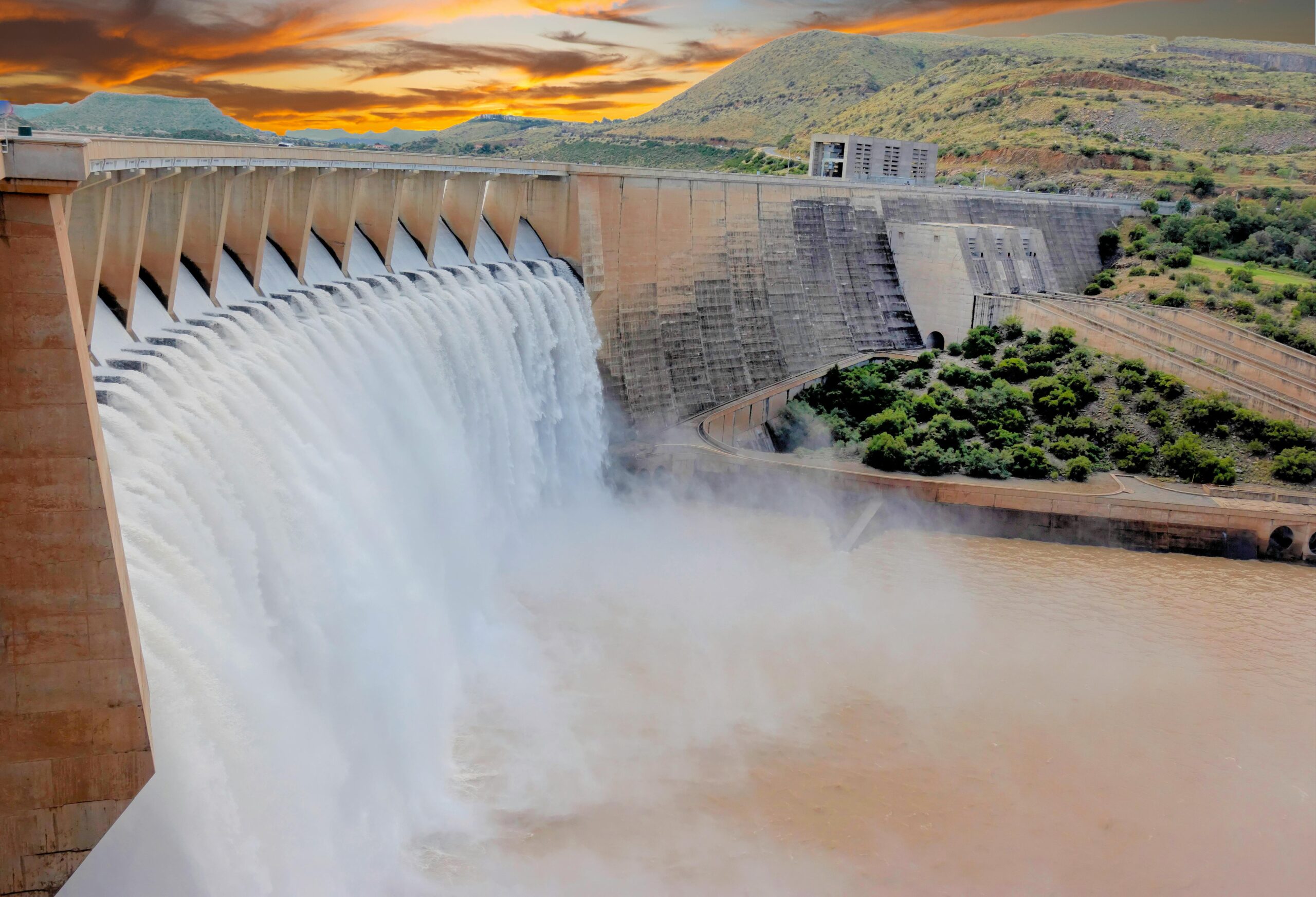Hydropower is one of the oldest forms of renewable energy, utilizing the movement of water to generate electricity. While it offers numerous advantages in the transition to sustainable energy sources, it also presents significant challenges and drawbacks. This article provides a comprehensive overview of both the benefits and drawbacks of hydropower.
Benefits of Hydropower
- Renewable Energy Source: Hydropower relies on the natural water cycle, making it a renewable energy source. As long as there is sufficient rainfall and water flow, hydropower can provide a continuous supply of energy.
- Low Greenhouse Gas Emissions: Compared to fossil fuels, hydropower produces minimal greenhouse gas emissions once the infrastructure is in place. This makes it a cleaner alternative for generating electricity, helping to mitigate climate change.
- Reliable and Stable Energy Supply: Hydropower plants can generate electricity consistently, unlike solar and wind energy, which depend on weather conditions. This reliability makes hydropower an essential component of a balanced energy portfolio.
- Multiple Benefits: In addition to electricity generation, hydropower projects can offer benefits such as irrigation, flood control, and recreational opportunities. Reservoirs created by dams can store water for agricultural use and provide areas for fishing, boating, and tourism.
- Economic Development: Hydropower projects can stimulate local economies by creating jobs during the construction and operation phases. They can also provide cheaper electricity, which can attract businesses and enhance economic growth.
Drawbacks of Hydropower
- Environmental Impact: Large hydropower projects can have significant ecological consequences, including habitat disruption and changes in water quality. Dams can alter local ecosystems, leading to the loss of biodiversity and affecting fish migration patterns.
- Social Displacement: The construction of large dams often requires flooding vast areas of land, which can displace communities and disrupt their livelihoods. This social impact raises ethical concerns and can lead to conflicts over land use.
- High Initial Costs: Building hydropower infrastructure involves substantial initial investment, including construction and maintenance costs. While operating costs are typically low, the financial burden of upfront expenses can be a barrier to development.
- Vulnerability to Climate Change: Changes in precipitation patterns and increased frequency of droughts can affect water availability for hydropower generation. This variability may undermine the reliability of hydropower in regions heavily impacted by climate change.
- Limited Suitable Locations: Not all geographical areas are suitable for hydropower projects. The potential for hydropower is often limited to regions with specific topographical and hydrological conditions, which can restrict its widespread adoption.
Conclusion
Hydropower stands as a pivotal component of the renewable energy landscape, offering a range of benefits such as reliability, low emissions, and economic opportunities. However, it is essential to weigh these advantages against the environmental and social challenges associated with large hydropower projects. Moving forward, the focus should be on developing sustainable practices and technologies that minimize negative impacts while maximizing the potential of hydropower as a clean energy source. Balancing these factors will be crucial in harnessing hydropower’s full potential for future generations.








Leave a Comment